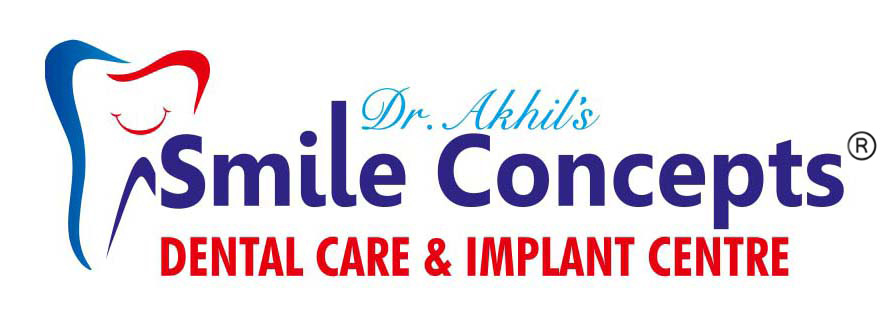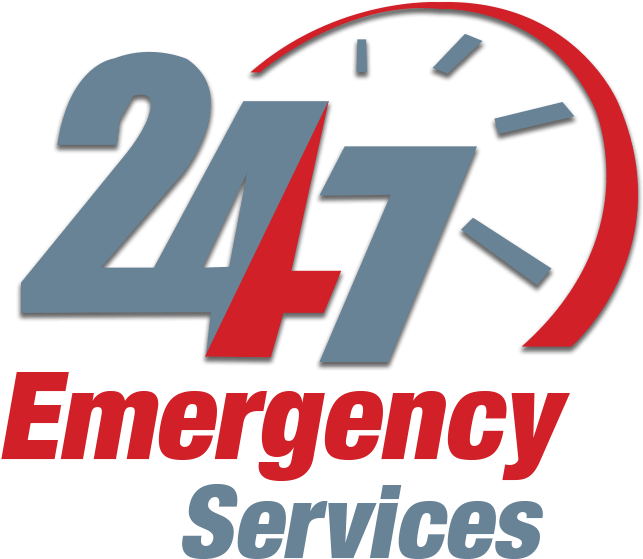Say goodbye to gaps and crooked teeth. We meticulously offers treatment strategies for malpositioned teeth, jaws, misaligned bite patterns. We promise you a confident smile.
Orthodontics deals with prevention and correction of malaligned teeth in the jaws as well as the proper positioning of jaws in the face (dentofacial orthopedics). Orthodontic treatment is a way of straightening or moving teeth, to improve the appearance of the teeth and how they work. It can also help to look after the long-term health of your teeth, gums and jaw joints, by spreading the biting pressure over all your teeth.


Why should I have orthodontic treatment?
Many people have crowded or crooked teeth. Orthodontic treatment will straighten the teeth or move them into a better position. This can improve their appearance and the way the teeth bite together, while also making them easier to clean. Some people have upper front teeth that stick out and look unsightly. These 'prominent' teeth are more likely to be damaged, but orthodontic treatment can move them back into line. Or the way the upper and lower jaws meet can cause teeth to look unsightly and lead to an incorrect bite. Orthodontic treatment may be able to correct both of these problems. When the teeth don't meet correctly, this can put strain on the muscles of the jaw, causing jaw and joint problems and sometimes headaches. Orthodontic treatment can help you to bite more evenly and reduce the strain.
At what age should I have orthodontic treatment?
The best time is generally during childhood, but
adults can have orthodontic treatment too - and more
and more are doing so. Age is less important than
having the right number of teeth. In children it may
be necessary to wait for enough teeth to come
through before starting treatment.
How is treatment carried out?
Orthodontic treatment can be done by many sorts of
appliances, which most people call a 'brace'.
What is a removable brace?
Simple treatment may be carried out with a removable
brace (a plate that can be taken out to be cleaned).
It has delicate wires and springs attached, which
move the teeth using gentle pressure.
What is a fixed brace?
Often, teeth need to be guided more accurately than
they can be using a removable brace. So a fixed
brace is used. This has brackets and bands which are
temporarily stuck to the teeth. A flexible wire
joins all the brackets and allows the teeth to be
moved. You can't take the appliance out yourself, so
it is called a fixed appliance.
What is a functional brace?
It is sometimes possible to change the way the jaws
grow, using a functional brace. This works by using
the power of your jaw muscles and can help with
certain types of problem.
What are the brackets made of?
Fixed braces are not always made of metal. Plastic
and ceramic can be used, especially for
adults.
What is headgear?
As well as a brace some people need to wear
headgear. You usually only need to wear it in the
evening or at night. If you do not wear it in the
way you have been told, your front teeth may stick
out at the end of treatment.
At Smile Concepts Dental Care Hospital, we advocate
different types of bracket systems for our fixed
appliance therapy (braces).

METAL BRACKETS/TRADITIONAL BRACES
Modern brackets are smaller and less noticeable than the notorious"metal-mouth’’braces. New heat-activated archwires use your body heat to help teeth move more quickly and are less painful.
Ceramic Braces
Ceramic braces are the same size and shape as metal braces, except that they have tooth-colored or clear brackets that blend in to teeth, giving aesthetics.


Self Ligating Brackets
Self-ligating brackets are defined as "a dental brace, which generally utilizes a permanently installed, moveable component to entrap the archwire". Self-ligating brackets have also been designed which do not require a movable component to hold the wire in place. Differing from traditional braces, self-ligating braces do not have the elastic ligatures. In other words, there are no elastic “ties” or metal ties because they are simply not needed. In summary, self-ligating braces are easier on your teeth, easier on your time, and achieve stunning results.
Damon-Q Brackets
Damon Q brackets are more efficient, flexible with high patient comfort and esthetics. They quickly align the teeth with reduced number of appointments and shortens overall treatment time.


INVISIBLE BRACES OR CLEAR ALIGNERS
They are tough, clear plastic 'aligners' (moulds) that are used to straighten teeth. Several sets of specially moulded, slightly different aligners are made for each patient. Each set is worn for two weeks before being replaced with the next one. They are made from clear plastic, so they are nearly invisible. This means that no one need know you are straightening your teeth. The aligners should be worn for 22 to 23 hours a day for the best results. They can be easily removed for eating, drinking, brushing, and for cleaning in between your teeth. Aligners are the best esthetically providing comfort and safety with short treatment course.

